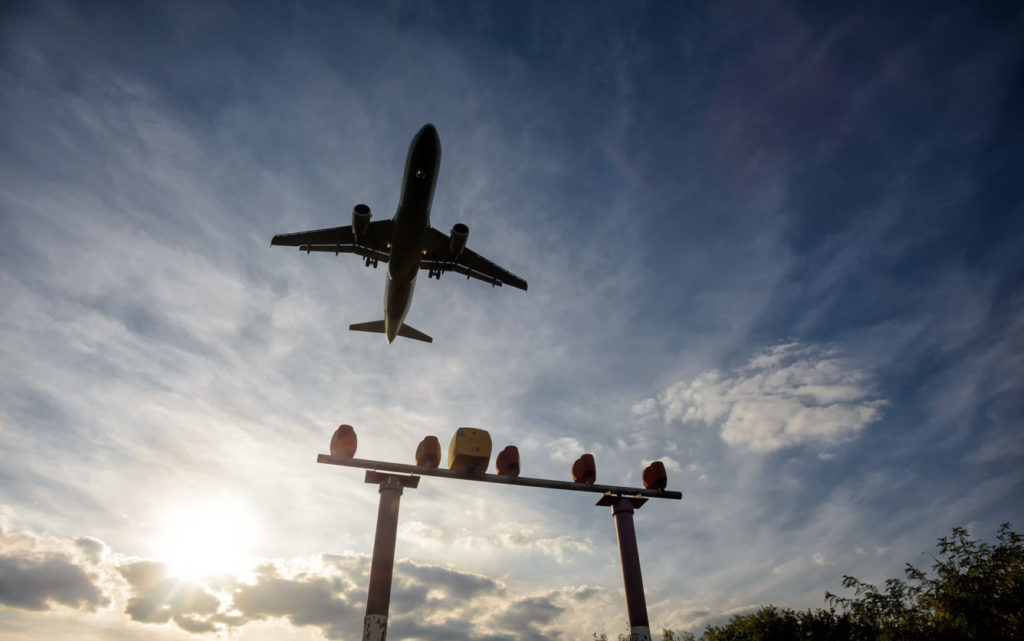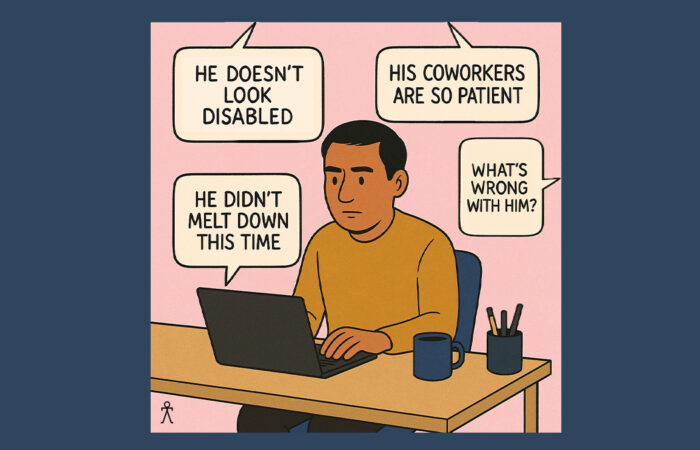By Menachem Rephun, Self-advocate + Creative Spirit Communications Manager

Tourism is one of the world’s most lucrative industries, comprising roughly 10% of the global GDP as of 2019 and generating upwards of $9 trillion that year, according to the World Travel and Tourism Council (WTTC). Unfortunately, the millions of people with disabilities in the U.S. and worldwide are still routinely excluded from travel for various reasons, including systematic discrimination and severely restricted accessibility. The COVID-19 pandemic has only complicated these challenges, as many people with disabilities struggle with travel due to pre-existing health conditions and limited accommodations. HospitalityTech.com says more than 14.5 million Americans with disabilities travel annually. Yet, they continue to be overlooked by tourism providers, partially due to ableism and misconceptions about the cost of accessibility. “We live in a world where it’s not enough that schools and workplaces are accessible,” Professor Yaniv Poria, an expert on hotel and tourism management at Israel’s Ben-Gurion University, said in June of this year. “I look at it as a political issue: We have to aim for tourism, leisure, and recreation facilities to be accessible to all, and the universities must take the lead on this.” Poria noted that tourism, leisure, and recreation are “a social right”. In the following article, we’ll explore how tourism and tourism accessibility and inclusion can be significantly improved for people with disabilities.
One of the most important facts to bear in mind is that statistically, disability is something that will likely affect all of us at some point in our lives. Approximately 1 billion people, or 15% of the global population, live with some form of disability, tourism accessibility and tourism inclusion that much more imperative. As with enhancing employment equity, improving travel accessibility for the disabled community depends on making businesses aware of why doing so is not only humane and ethical but highly beneficial and sound business practice. As the United Nations, World Tourism Organization (UNWTO) writes, “Accessibility is not only about human rights. It is a business opportunity for destinations and companies to embrace all visitors and enhance their revenues.” For millions of people with disabilities, travel accessibility is essential for work and for staying connected with loved ones. Unfortunately, as Wheel the World co-founder Alvaro Silberstein recently noted, “many travelers with disabilities often arrive at their destination to find an experience completely different than the one described online. An error in just one detail can mean the difference between a wonderful trip and one that is completely ruined.” Founded in 2018, Wheel the World was inspired by Silberstein’s personal experience as a travel enthusiast with a physical disability. His organization now helps people with disabilities find and book accessible places to stay and provides detailed information on activities and multi-day trips. Wheel the World also utilizes an innovative Accessibility Mapping System (AMS), aggregating and crowdsourcing accessible travel experiences and accommodations. This outside-the-box, forward-thinking approach to breaking down barriers is precisely the kind that’s needed to redefine travel accessibility and inclusion for people with disabilities. It also aligns with Creative Spirit’s mission of encouraging business leaders to think outside the box in redefining accessibility within their organizations.
Other travel and tourism experts have also weighed in with advice on how travel for the disabilities community can be improved. Rick Steves, the author of a bestselling guidebook series and a syndicated travel column, has been an expert on European travel since the 1970s. On his website, RickSteves.com, Steves cites fellow travel experts, such as John Sage, who uses a wheelchair and owns Sage Traveling, which plans and books accessible trips to Europe. Sage offers wide-ranging advice for travelers with disabilities, and suggests that many problems can be avoided by researching thoroughly and booking hotels well in advance; carefully planning one’s route; staying in the most accessible parts of town; and having a backup plan. “I hear all the time that “Venice is not wheelchair accessible” or “Paris has poor accessibility,” Sage writes. “While there are certainly some accessibility challenges, the truth is that the more research you do, the more accessible your trip will be.”
Steves also features insights from Susan Sygall, the CEO and cofounder of the nonprofit organization Mobility International USA, which connects people with disabilities with work, study, volunteer, research, and teaching opportunities. Like Sage, Sygall is a seasoned traveler who also happens to be a wheelchair user. For travelers with disabilities, Sygall recommends packing light; planning for eventualities; breaking down barriers by learning some of the language of the country one is in; and being knowledgeable about, and advocating strongly for, one’s basic rights. “I expect equal access and constantly let people know about the possibility of providing access through ramps or other modifications,” she writes. “When I believe my rights have been violated, I do whatever is necessary to remedy the situation, so that the next traveler or disabled person in that country won’t have the same frustrations.” In short, Sygall emphasizes the importance of both personal responsibility and assertiveness when traveling as a person with a disability. Sygall also suggests learning from locals and getting information about disability groups in the area one is traveling to. “Remember that you are part of a global family of people with disabilities,” she points out. “Always get information about disability groups in the places you are going.”
It’s especially important to recognize tourism accessibility that the definition and understanding of accessibility varies between countries and continents. Carole Zoom, a wheelchair-user who has traveled to over 30 countries, writes that “the concept of accessibility varies by culture. In the US, access means that an individual can use elevators, lifts, doors, entrances, and other features without any assistance. Individual autonomy is central to the American concept of access, as enshrined in the ADA.” Zoom notes that Europe subscribes to a “medical model” of disability, which focuses on helping people with disabilities navigate and adapt to a non-disabled society, rather than vice versa (i.e., encouraging society to accommodate people with disabilities). Zoom points out several accessibility differences between the U.S. and Europe, including Europe’s more limited elevator access; the fact that, unlike in the U.S., where discrimination based on one’s mobility device is illegal, mobility-scooter users in Europe have fewer rights than wheelchair users; and that many European transit companies require advance documentation of disability. “We have an increasingly barrier-free world,” Zoom writes, but cautions that Americans with disabilities traveling abroad “need to be more aware and vigilant about accessibility than they are used to at home.”
While accessibility for travelers with disabilities still needs substantial improvement, many organizations have risen to the task of breaking down the above-mentioned barriers and ensuring that people with disabilities are fully included in tourism and travel. In addition to Wheel the World, which we mentioned earlier, those inclusive companies include Travel for All, which has organized over 5,000 vacations around the world for travelers with disabilities; Seeable Holidays, which specializes in trips for visually-impaired travelers; Planet Abled, which customizes tours for people with a wide range of disabilities; and many others. You can learn more about these exceptional organizations here: https://www.cntraveler.com/story/tour-companies-dedicated-to-travelers-with-disabilities. Each one offers a valuable window into what a society that has mainstreamed accessible travel and tourism for people with disabilities could look like. In addition to the vital work these organizations do, there are other encouraging signs as well. According to a report by LonelyPlanet.com, a 2020 Market Study from the Open Doors Organization found that the disability travel market is growing, and that between 2018-2019, over 27 million travelers with disabilities took 81 million trips, spending approximately $58.7 billion. This signifies that travel is becoming more accessible, and some travel companies are beginning to appreciate the value of inclusion. Martin Heng, LonelyPlanet’s Accessible Travel Manager, writes that businesses of all sizes can implement various changes to improve travel for individuals with disabilities significantly. These range from assistance dog toileting areas and water bowls to TVs with closed captioning, large print black-and-white information materials, and much more. Language can also play an important role in improving inclusion.






